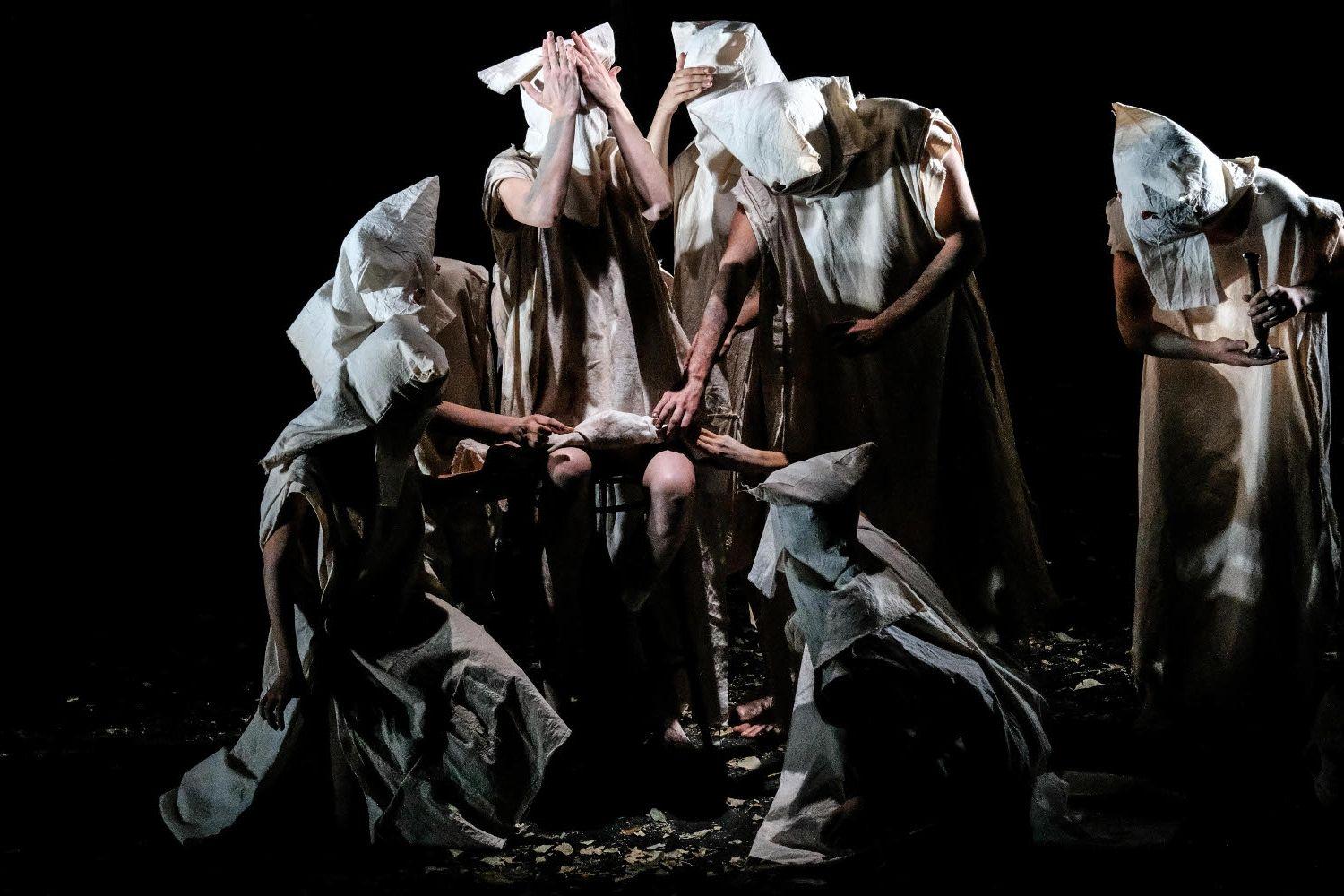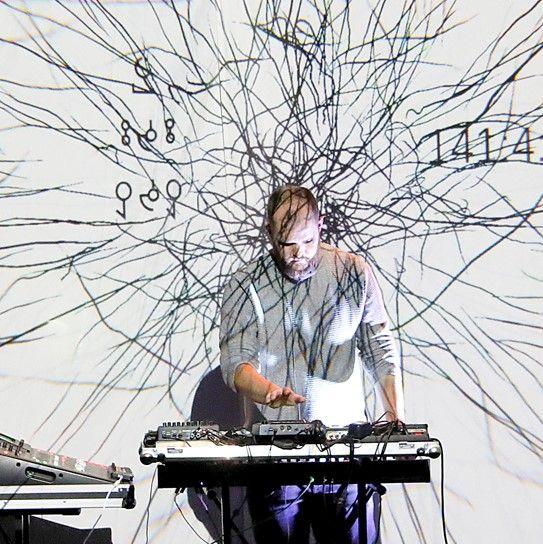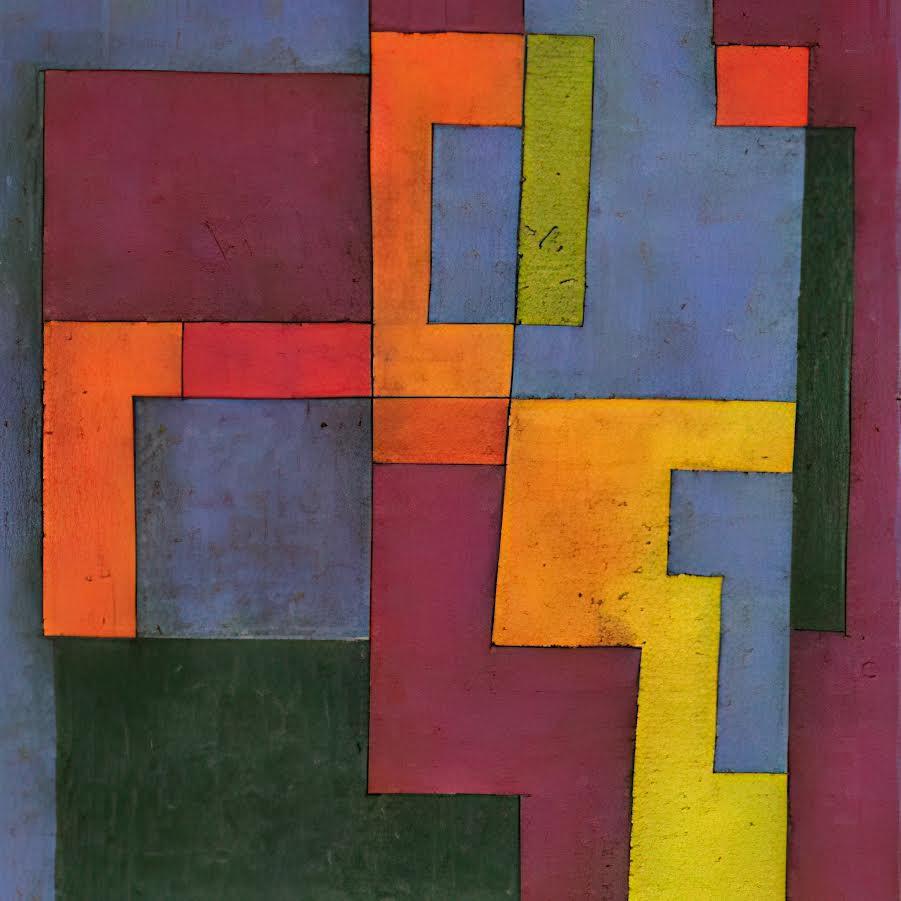KEEP IT REAL
completedFellowship

SummaryTogether, a miniaturised model of a stage and digital video content create a usable playground. Freed from physical limitations, the model stage becomes a platform for live holographic performances and real-time interactivity.
Keep It Real: Akademie
Two performers in different cities are projected, as holograms, into two model stages. It all takes place live, in real time. A Ping-Pong game between the ambiguities of spectatorship. Fragmenting 'reception' in a performative installation.
26.01.2024 18.15 UHR
Watch via Live-Stream

Keep It Real FAQs
What is holographic theatre?
A miniaturised seeing/viewing experience. A fragmentation of what is there to be seen. A disruption of the conventions of spectatorship. What is seen is real and not real at the same time. As viewers, there is continual change between what is acceptable as ‘real’ and what is not.
… And what is the difference between holograms on a ‘real’ stage, and holograms on your miniaturized model stages?
For me, holograms on a real stage aren’t so interesting. As an “effect” it quickly becomes accepted and understood, and those viewing it ask no further questions. It is simply an effect. This doesn’t happen so quickly on a miniature-model stage; in the mind there is a constant change between perceiving it as real and as artificial.


When you came to Dortmund, you already had a completed model of HAU in Berlin. Now you have a second model of Dortmund’s main theatre. Can you share some insights from the building process? What makes a successful model for holographic theatre?
I certainly aim to recreate the theatres as realistically as possible. But there are always distinctive peculiarities to every stage that become unconsciously stored in my memory. I develop these unconscious peculiarities and make them a little more pronounced in terms of colour, shape or size.



You once described your miniaturized models as stages “free of - or for - physical impossibilities”. What kinds of performances are made (im)possible on these stages?
As one example, the performers can easily become bigger or smaller on the stage.
You’ve been working with an extract from ‘Verstehen’ by Joel Laslzo, an ambiguous text which could be considered a dialogue or a monologue, depending on your point of view. How have you approached the staging of this text?
Because of the ambiguity of the text, I decided to stage it as a rehearsal between the performers. This gives the performers a lot of freedom, but their freedom becomes intertwined with the technical problems that arise from holography and video streaming: freedom vs. technology.
Is there a kind of text which works best with holographic theatres?
That, I don’t know. But I would say that I find it interesting when the text itself also deals with deconstruction.

During your Fellowship, you’ve been exploring the possibilities for real-time interaction between performers in different spaces, and between performers and audiences. What are the technical and artistic challenges you have faced? And what have you discovered?
Artistically, and in terms of staging, it is a challenge to maintain the imagination, i.e. to maintain the interplay between what can be accepted as real and what is perceived to be artificial.
The reception of the whole thing is extremely difficult, insofar as the aim is to achieve more than just an ‘effect’ and to be able to produce a narrative.
What makes these real-time interactions so creatively exciting? And what new kinds of performance do they enable?
I’m still trying to find these new types of performance :) What’s exciting about this construct is that simply, at a first glance, the model appears artificial. We are dealing with something that we don’t take seriously at first. But as soon as we begin to get an idea of what is actually happening before us, we start to look at it in a new way.
What other kinds of experiments would you like to conduct with holographic and streaming technologies, on your miniaturized models?
I’ve discovered a lot, and unfortunately I can’t include everything I discovered in this one project. For instance, miniature-model stages and 360 VR in simultaneous interaction is incredibly interesting to me; a spectator could watch a performance on a model stage, and at the same time stand on it themselves. I’m also excited by the possibility of creating a simultaneous staging on five theatres from around the world.






